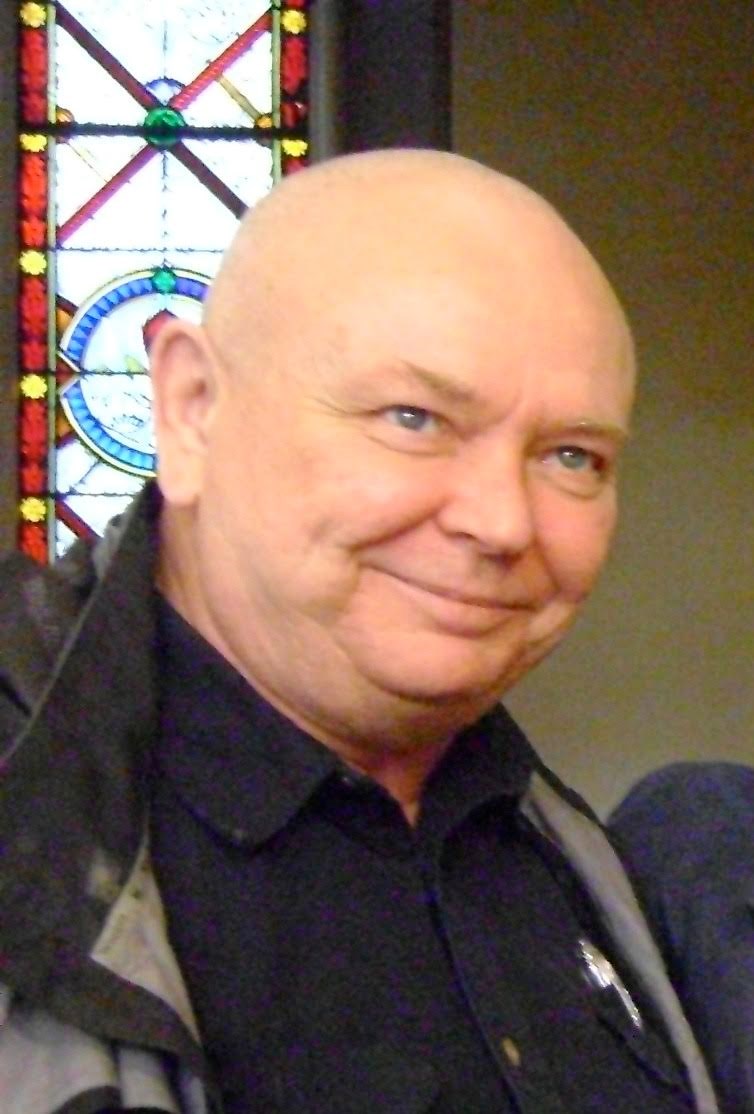The middle way is an approach to life- whether monastic or as a householder- tethered to suchness. Suchness means, in practice, that only harm actually matters. In the middle way, for those who pledge to be guided by its spirit of harmlessness, the first challenge is to know the self well enough to stop the harm in which that self is complicit. Each day brings its own set of conditions favourable to the emergence of avarice, ill intent and misinformed behaviours.
The Sanskrit word for suchness is tath��ٲ�. It translates, as my root teacher used to say, “...things as it is”. It is a term intended to indicate a state of awareness that is bereft of ideologies. To be tethered to suchness is to be tethered to the present and the imminence of all being. How can such an ideal become the basis for our practice? Our practice in real life is to apply the principle of “kindness is more important than rightness”. Obviously, in the beginning, anyone who wants to figure this shift out is liable to make a fool of themselves from time to time. Although we often recognize its truth right away, our binary habits easily steer us wrong. Even so, shift happens.
The harm in which we are complicit comes from a comparative mindset in which there is no interface between essential choices. In other words being judgmental, opinionated and certain about many things. Often we justify these harmful attitudes as being 'right', either through inherent superiority or in compliance with divine will. Another way to say this is to mentally set up things we like against things we do not like. This is the disease of the mind, this reflex of adversarial comparison, and if we can weaken this habit of mind we can engage in the harm reduction goal of middle way practice.
Meditation is the venue that brings all these conceptions into alignment. What this means is to cultivate an openness so thoroughgoing that it harbours no preconceptions at all. In the meditator's awareness there is only suchness; things (plural) as it is (singular). Perception moves; sometimes many sometimes one; movement completely consistent with the breathing in and breathing out that is the mark of stillness. In stillness we experience the interface between breathing in and breathing out, really the only thing going on at that point. We note that at the basis there is no conflict or harmful wish between breathing in and breathing out, the ideal karmic conditions; we do this in meditation.
 Wayne Codling is a former Zen monastic and a lineage holder in the Soto Zen tradition. He teaches Zen style meditation in various venues around Victoria. Wayne’s talks and some writings can be found on his blog
Wayne Codling is a former Zen monastic and a lineage holder in the Soto Zen tradition. He teaches Zen style meditation in various venues around Victoria. Wayne’s talks and some writings can be found on his blog
You can find more articles from our interfaith blog, Spiritually Speaking,


